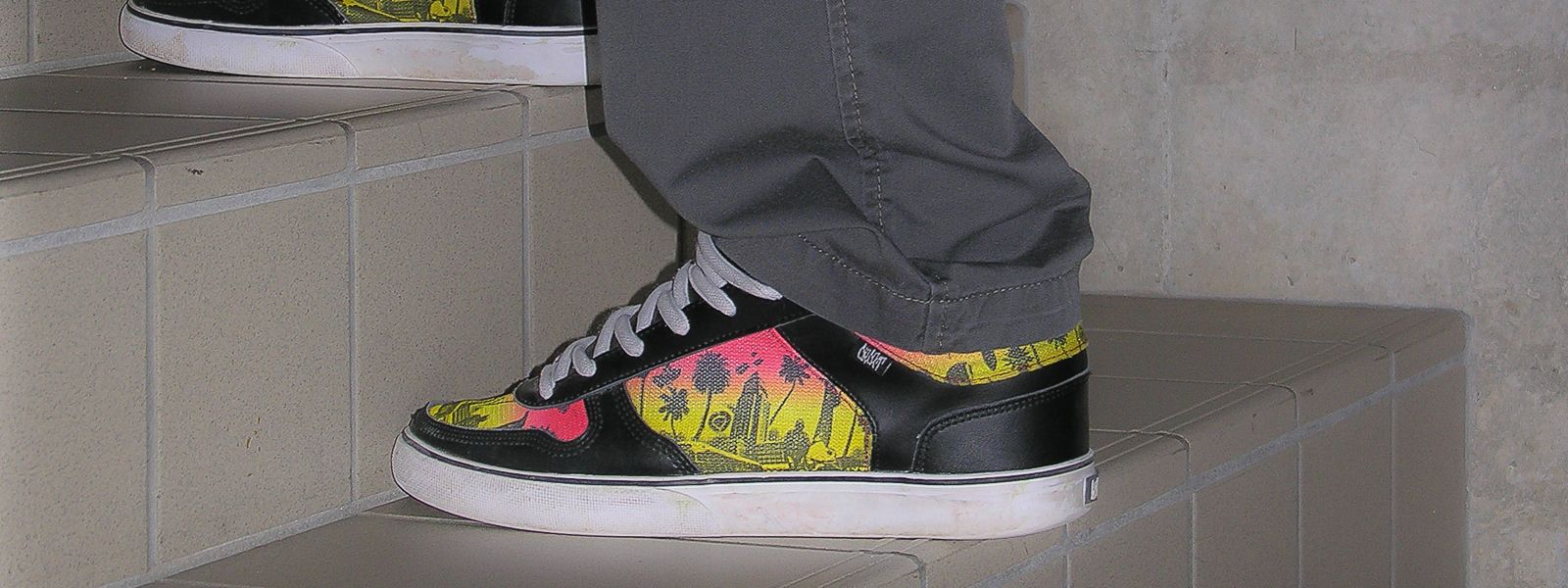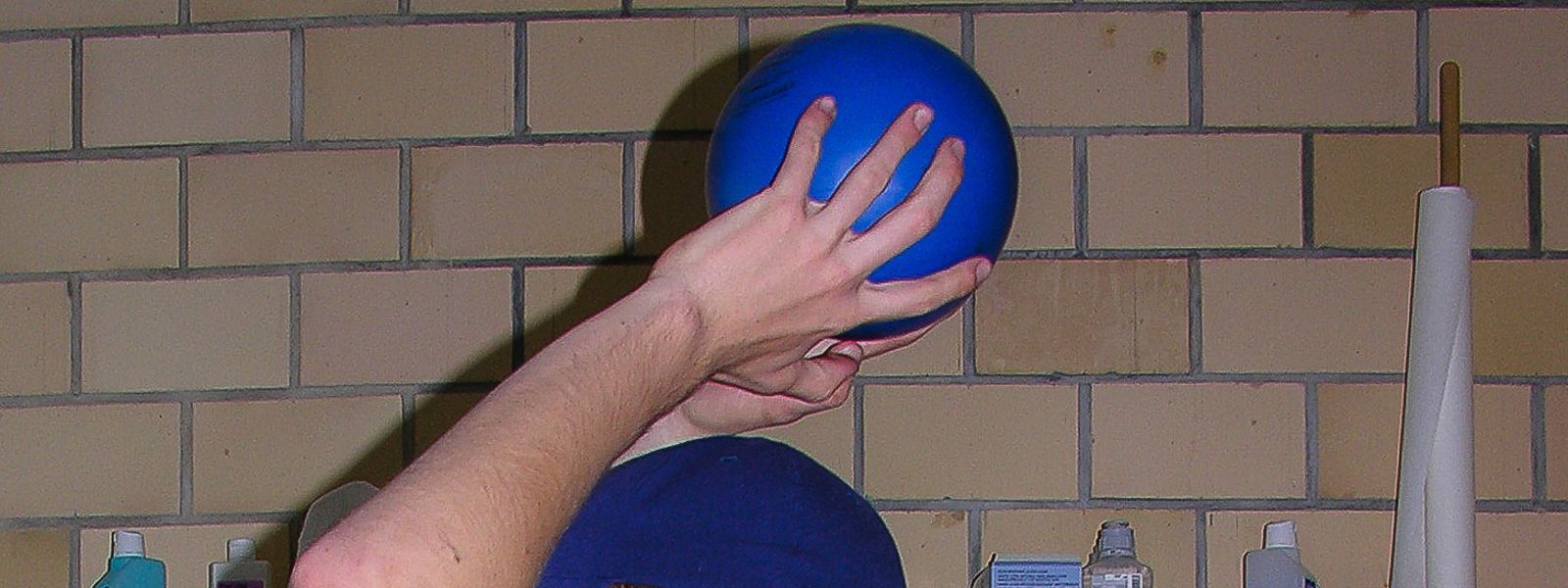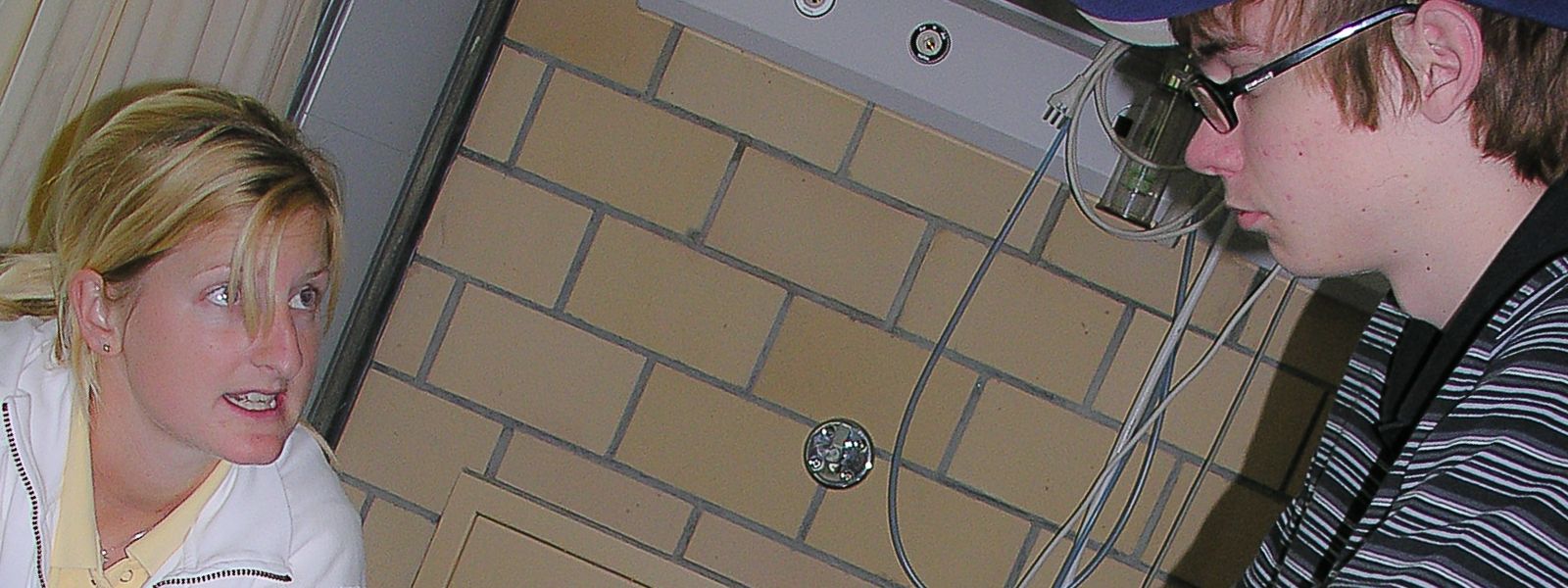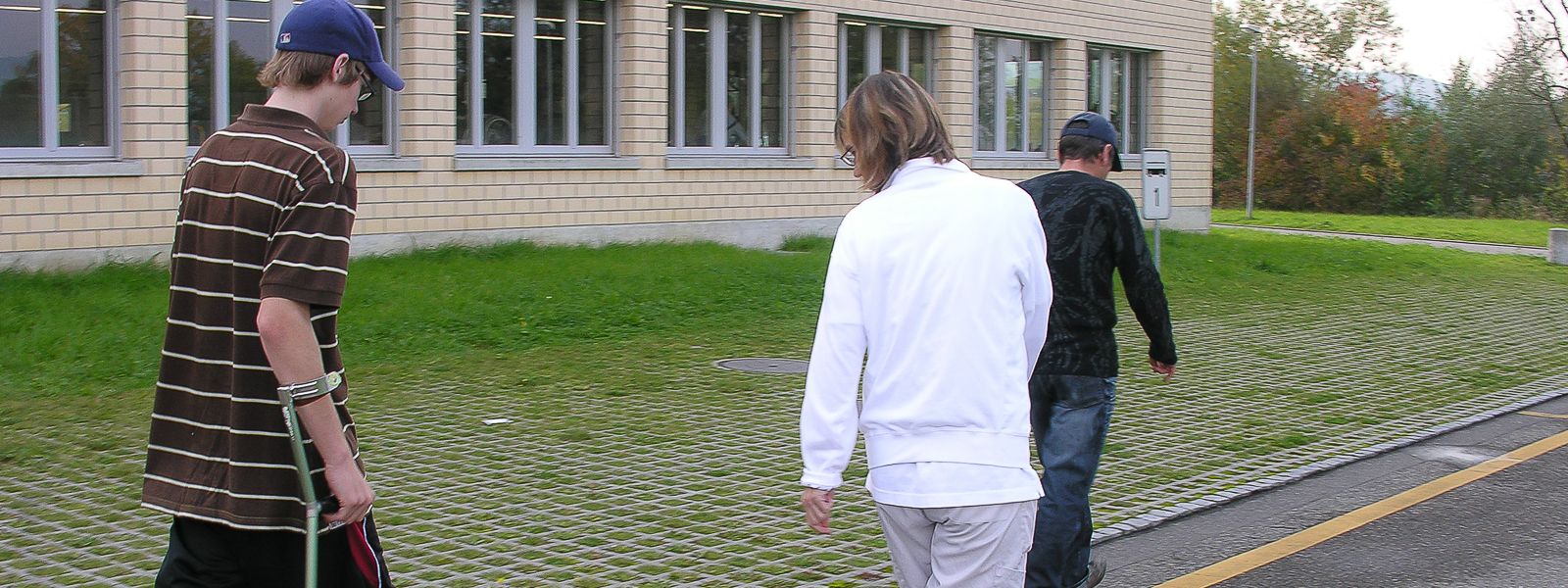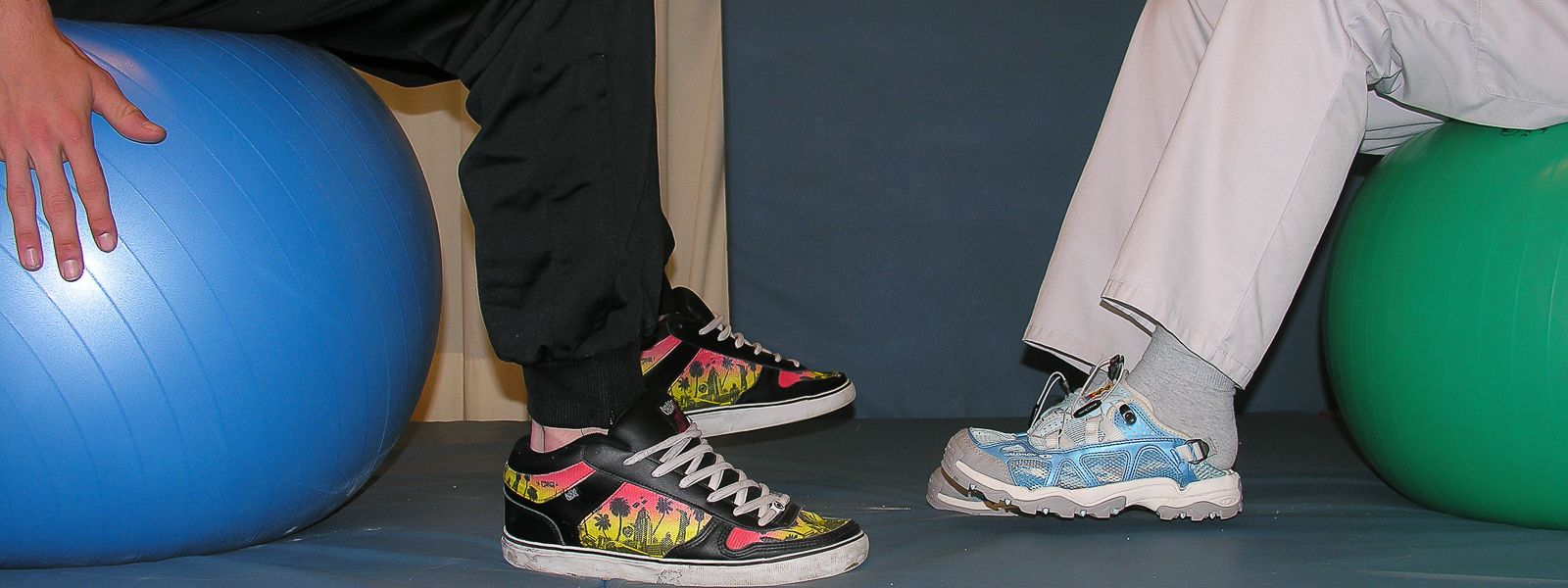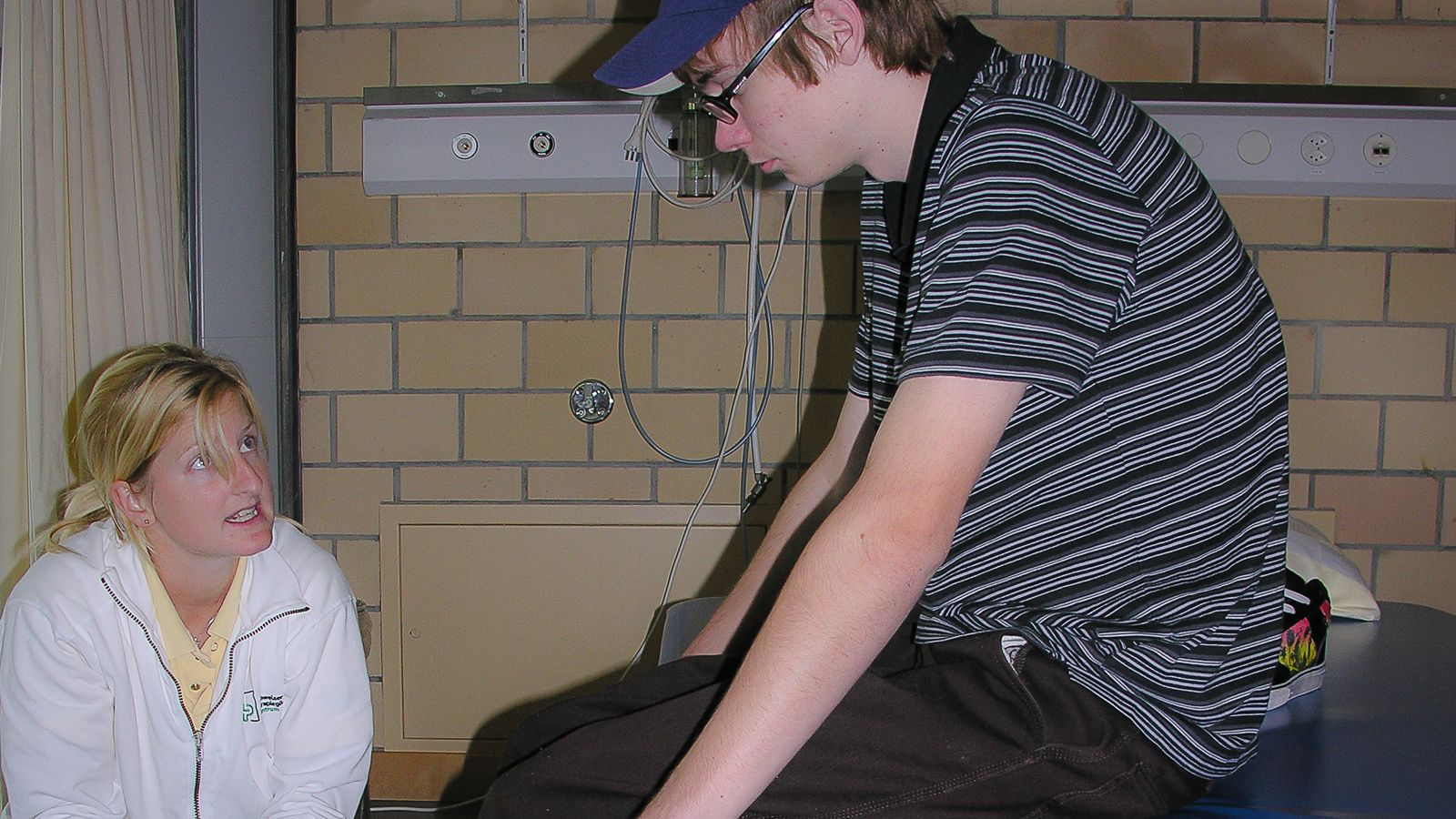
Motivation And Rehabilitation
For many persons living with spinal cord injury (SCI), motivation is an important and at times challenging aspect of the rehabilitation process. In general, motivation is a complex, goal-oriented process that involves many factors. Although most everyone has some sort of understanding what motivation is, it is difficult to clearly define, measure and shape motivation.
